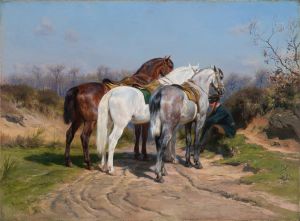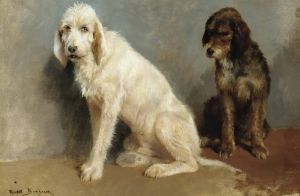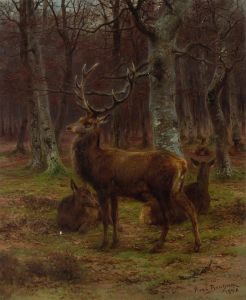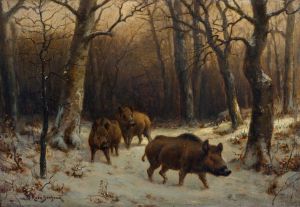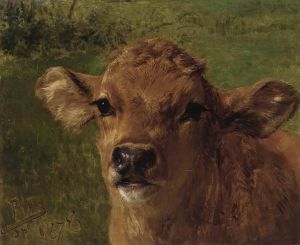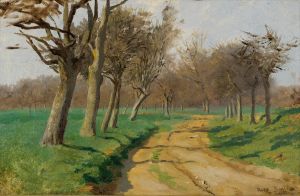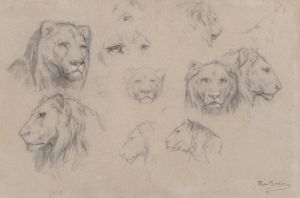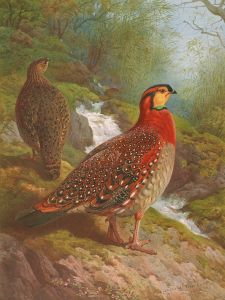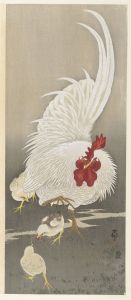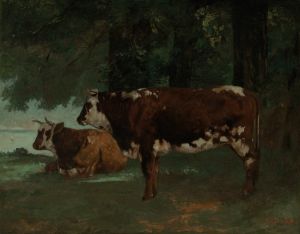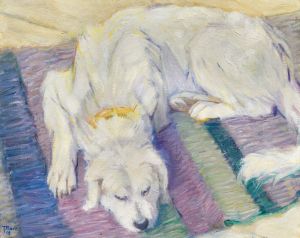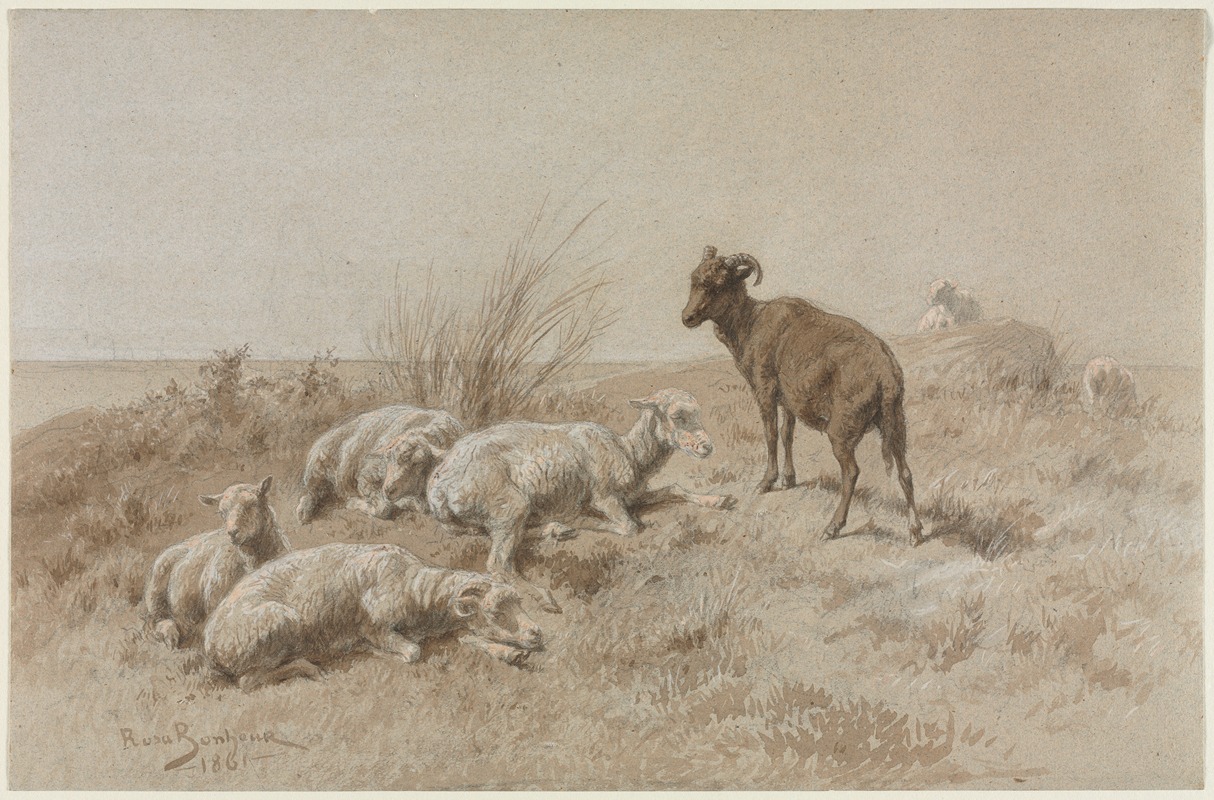
Sheep
A hand-painted replica of Rosa Bonheur’s masterpiece Sheep, meticulously crafted by professional artists to capture the true essence of the original. Each piece is created with museum-quality canvas and rare mineral pigments, carefully painted by experienced artists with delicate brushstrokes and rich, layered colors to perfectly recreate the texture of the original artwork. Unlike machine-printed reproductions, this hand-painted version brings the painting to life, infused with the artist’s emotions and skill in every stroke. Whether for personal collection or home decoration, it instantly elevates the artistic atmosphere of any space.
Rosa Bonheur (1822-1899) was a renowned French artist known for her realistic depictions of animals. Among her many celebrated works is the painting "Sheep," which exemplifies her meticulous attention to detail and her deep understanding of animal anatomy and behavior.
Rosa Bonheur was born in Bordeaux, France, into a family of artists. Her father, Oscar-Raymond Bonheur, was a landscape and portrait painter who encouraged her artistic pursuits from a young age. Bonheur's interest in animals was evident early on, and she often visited slaughterhouses and livestock markets to study her subjects firsthand. This dedication to observing animals in their natural environments contributed significantly to the lifelike quality of her work.
"Sheep" is one of Bonheur's notable paintings, showcasing her ability to capture the essence of her subjects with precision and sensitivity. The painting features a group of sheep, rendered with remarkable detail and realism. Each sheep is depicted with careful attention to the texture of their wool, the nuances of their posture, and the natural light that illuminates their forms. Bonheur's skillful use of color and light enhances the three-dimensionality of the animals, making them appear almost tangible.
Bonheur's technique involved creating detailed sketches and studies before committing to the final painting. This method allowed her to achieve a high level of accuracy in her representations. Her dedication to realism was also supported by her use of oil paints, which enabled her to achieve rich textures and subtle gradations of color.
"Sheep" reflects Bonheur's broader artistic philosophy, which emphasized the importance of studying nature directly. She believed that true artistry required a deep understanding of the natural world, and she spent countless hours observing and sketching animals in various settings. This commitment to direct observation set her apart from many of her contemporaries and earned her widespread acclaim.
Throughout her career, Bonheur received numerous accolades and honors for her work. She was awarded the prestigious Légion d'Honneur by the French government, becoming the first female artist to receive this distinction. Her paintings were exhibited widely, and she gained international recognition, particularly in England and the United States.
In addition to her artistic achievements, Bonheur was also known for her unconventional lifestyle. She often wore men's clothing, which allowed her greater freedom to move about and work in environments that were typically dominated by men. This choice was both practical and symbolic, reflecting her desire to challenge traditional gender roles and assert her independence as an artist.
"Sheep" remains a testament to Rosa Bonheur's extraordinary talent and her dedication to capturing the beauty and complexity of the natural world. Her work continues to be celebrated for its technical excellence and its ability to convey the vitality and spirit of her animal subjects. Today, Bonheur is remembered as one of the foremost animal painters of the 19th century, and her legacy endures through her timeless and evocative artworks.





